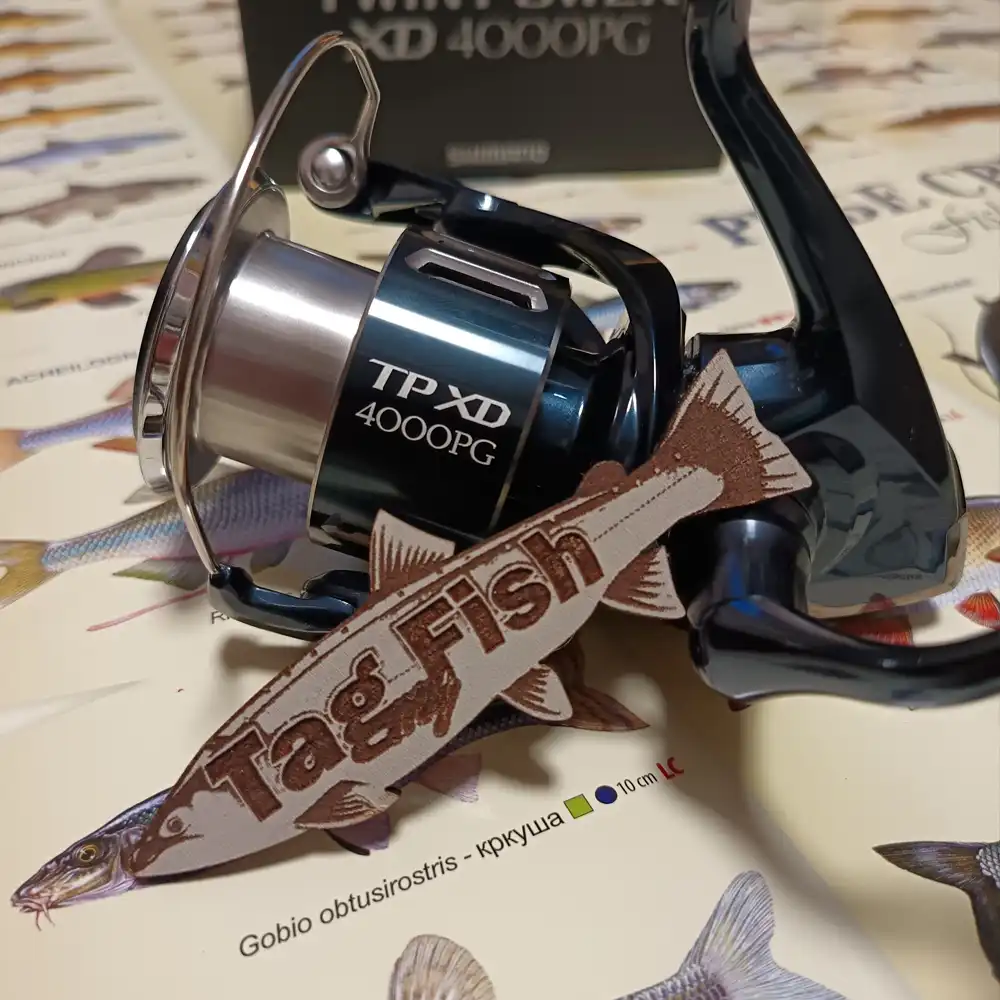Moreau River (South Dakota)

General data
- Name: Moreau River (South Dakota)
- Water system: Missouri River
- Water type: River
- Progression: Missouri River -> Mississippi River -> Gulf of Mexico -> Atlantic Ocean -> Planet Earth
- Climates: Continental
- Continents: North America
- Countries: United States of America
Description
The Moreau River is a tributary of the Missouri River, flowing approximately 200 miles (320 km) through South Dakota, United States. It derives its name from a pioneer trader. The river originates from two forks in northwestern South Dakota, within the Badlands of Butte and Harding Counties. The North Fork begins about 10 miles (16 km) northeast of Crow Buttes, while the South Fork starts approximately 20 miles (32 km) west of the headwaters of the North Fork. These two forks flow east-southeast and converge near Zeona in southern Perkins County. From there, the combined stream continues eastward, passing through Usta and traversing the Cheyenne River Indian Reservation, by Iron Lightning, Thunder Butte, Green Grass, and Whitehorse. Finally, it joins the Missouri River in Lake Oahe, with the final 25 miles (40 km) forming an arm of the reservoir. The Moreau River generally runs parallel to its northern neighbor, the Grand River, for about 40 miles (64 km), from west to east, before joining the Missouri. With its headwaters in the Pierre Hills and Northern Plateaus, the Moreau River, formerly known as Owl River, has a drainage basin covering approximately 5,400 square miles (14,000 km2). It is fed by Sand Creek, in addition to the North and South Forks, and receives contributions from several tributaries such as the Little Moreau, Deep, Red Earth, Antelope, and Thunder Butte Rivers. At Promise, the river maintains an average flow of 296 cubic feet per second (8.4 cubic meters per second).


